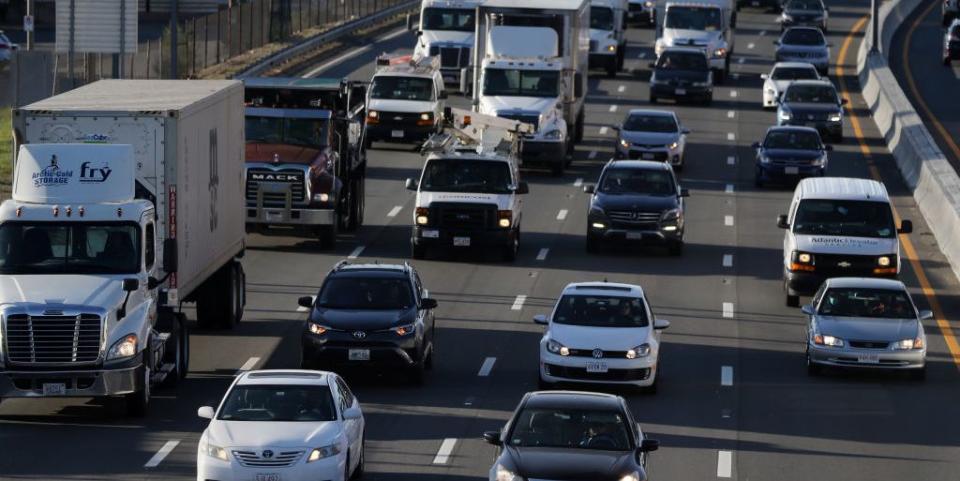Average Age of Vehicles on the Road Rises Above 12 Years

A study from IHS Markit found that the average age of vehicles on the road rose to 11.9 years this year, one month older than in 2019.
Fewer new-vehicle purchases as a result of the pandemic coupled with vehicles lasting longer and increases in prices have pushed the average age of vehicles on the road higher.
New vehicles made up 6.1 percent of vehicles on the road last year; IHS Markit predicts they will be closer to 5 percent this year.
Update 6/21/21: The average age of vehicles on American roads continues to climb, with the figure now reaching 12.1 years, according to research from IHS Markit. This is the first time that the average age has been higher than 12 years—it had already been on an upward trend, but the shift was accelerated by COVID-19, which created a massive decline in new car sales during the first few months of the pandemic. However, in the long run, Americans have been buying more new cars than ever, with the number of vehicles in operation in the U.S. increasing by 10 percent since 2013, and sales have rebounded in early 2021. This means that many Americans are adding second or third vehicles to their driveway rather than replacing their older cars. Older vehicles are also sticking around longer due to higher quality and the skyrocketing price of new cars, which is up to $38,255; it had already been rising but supply shortages from the pandemic exacerbated the trend.
This story was originally published July 29, 2020.
In the last decade, the average age of vehicles on the road has steadily risen after jumping in response to the recession in 2008. With new-vehicle sales dipping this year as a result of the coronavirus pandemic, the average age of vehicles on the road has risen again, to 11.9 years, roughly one month older than last year, according to research from IHS Markit.
A number of factors beyond the pandemic have pushed the average vehicle age upwards this year and in years past, including higher average vehicle prices of a new vehicle and the fact that many new vehicles last longer. The average price of a new vehicle in January of this year was $37,851, a 3.5 percent increase from January of 2019, according to Kelley Blue Book.
IHS Markit predicts that the average vehicle age will only continue to rise, increasing four to six months in the coming years. Nonetheless, it may be hard to predict how the pandemic has changed total miles driven and the total wear on vehicles.
“While work from home policies may continue for some time, there also has been increased reluctance in the use of public transit and ride sharing, and many consumers are opting for road trips instead of air travel for summer vacations,” Todd Campau, associate director of Aftermarket Solutions at IHS Markit, said in a statement. “As a result, vehicle miles traveled (VMT) may not be impacted greatly in the coming years, given the increased personal use to offset everyday commuting.”
Last year, new vehicles represented 6.1 percent of vehicles on the road, but this year IHS Markit predicts that they will be around 5 percent of vehicles. While that isn’t necessarily good news for automakers, repair shops could benefit from more people holding onto their vehicles rather than replacing them, particularly in the case of vehicles now coming off of warranties.
Last year, researchers at IHS Markit noted that “average age has returned to its more traditional rate of increase,” following the increase in response to the recession. Now though, with different recessionary forces acting on the market, it's looking like the vehicles you see on the road are only going to get older.
You Might Also Like

 Yahoo Finance
Yahoo Finance 